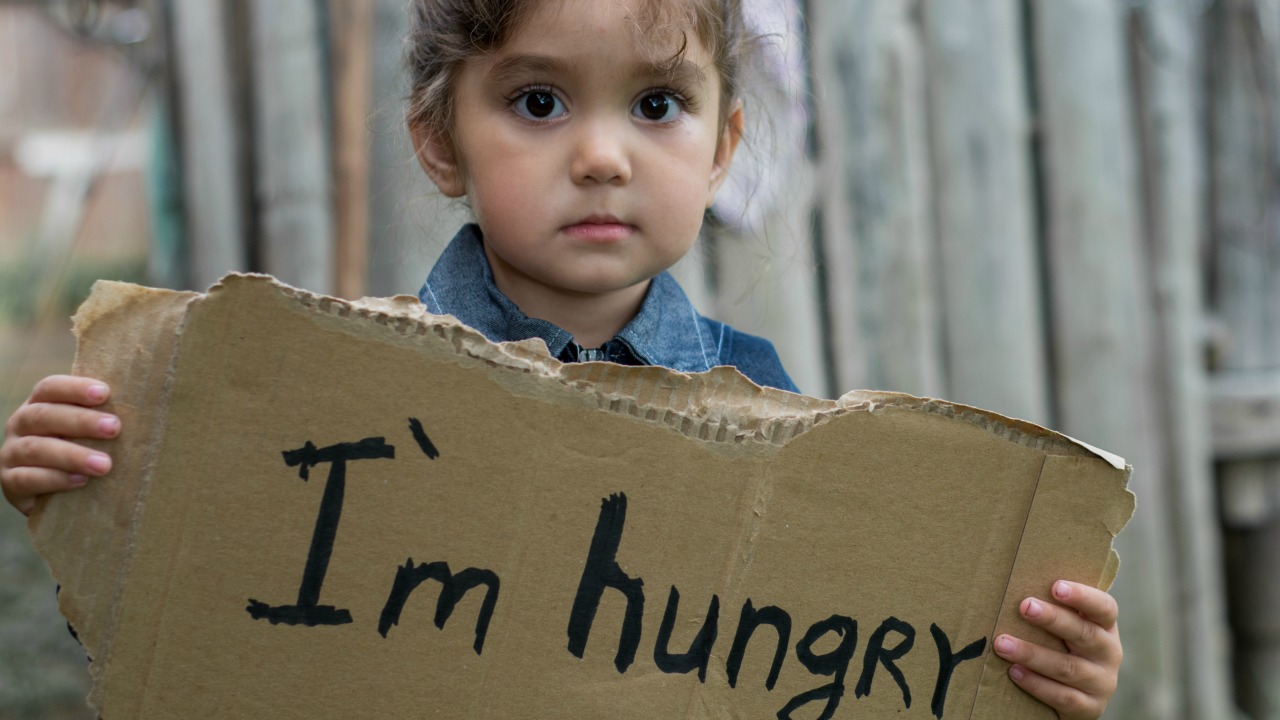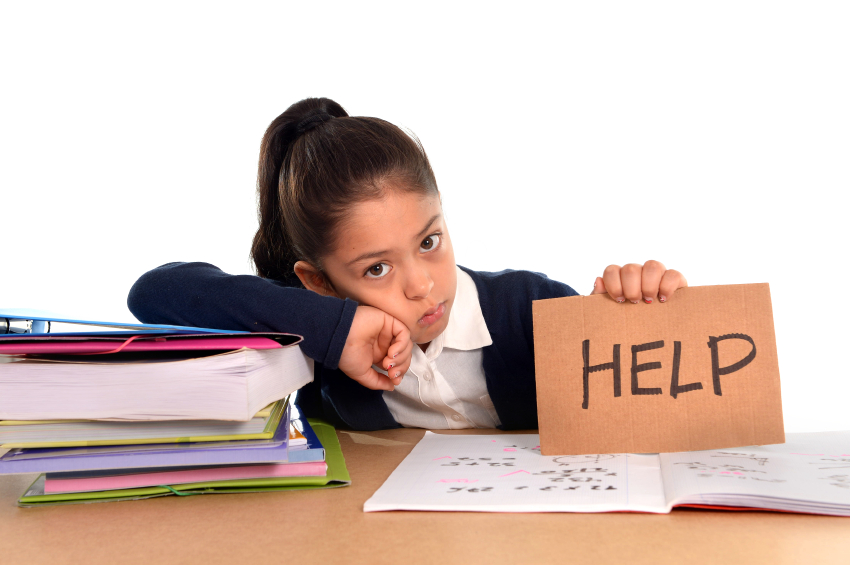By, Tanziba Tahsina
In 2020 our nation faces a new crisis, the novel coronavirus (COVID-19) pandemic. We would be remiss if we did not acknowledge that this release comes during very trying times, as COVID-19 threatens lives and livelihoods globally. While public health measures have protected citizens’ health, they have adversely impacted many of our neighbors economically. Using the updated Map the Meal Gap model and projections of unemployment and poverty, it was estimate that as many as 17 million more people may experience food insecurity due to COVID-19 in 2020. During this crisis, the charitable food system is even more critical to meeting the needs of families facing hunger.
- Households with children are more likely to be food insecure. In 2018, 11.2 million children (1 in 7), lived in a food-insecure household.
- As closures caused by the coronavirus lead to a rise in unemployment and poverty, more people will experience food insecurity.
- A significant rise in unemployment over the year (+7.6 percentage points) and a corresponding rise in child poverty (+5.0 percentage points) would result in a total of 18.0 million children (1 in 4) experiencing food insecurity.
As closures and social distancing orders meant to limit spread of the novel coronavirus (COVID-19) extend across the country, the impact is being felt in communities large and small. While changes taking place are disrupting the lives of nearly everyone in some way, food-insecure individuals – who numbered over 37 million (11.5%), including over 11 million children, in 20181 – will face particular challenges. With unemployment soaring – approximately 22 million workers filed for unemployment benefits within the last four weeks2 – the number of people who experience food insecurity is likely already increasing.
reference:
feedingamerica.org





